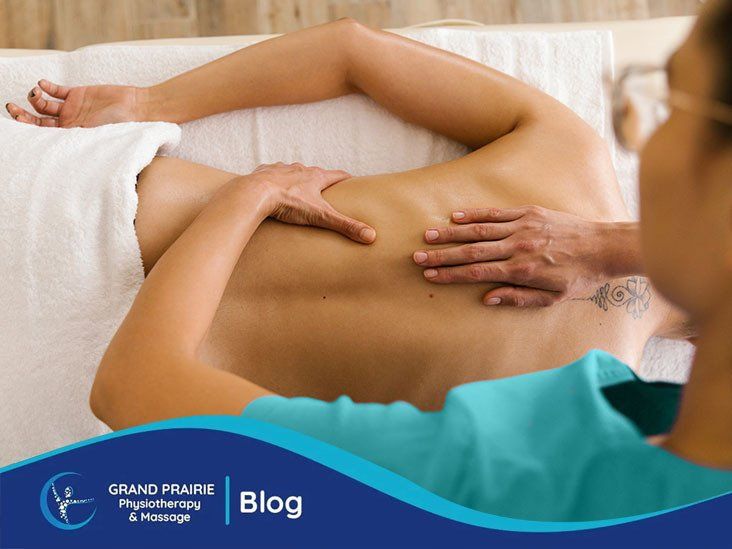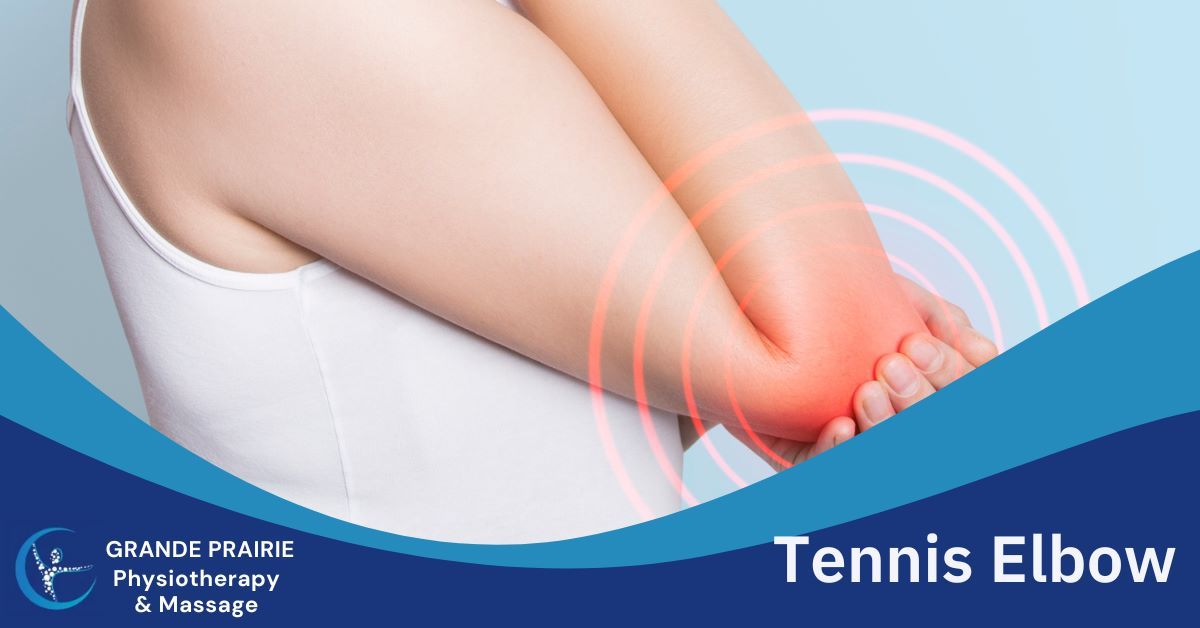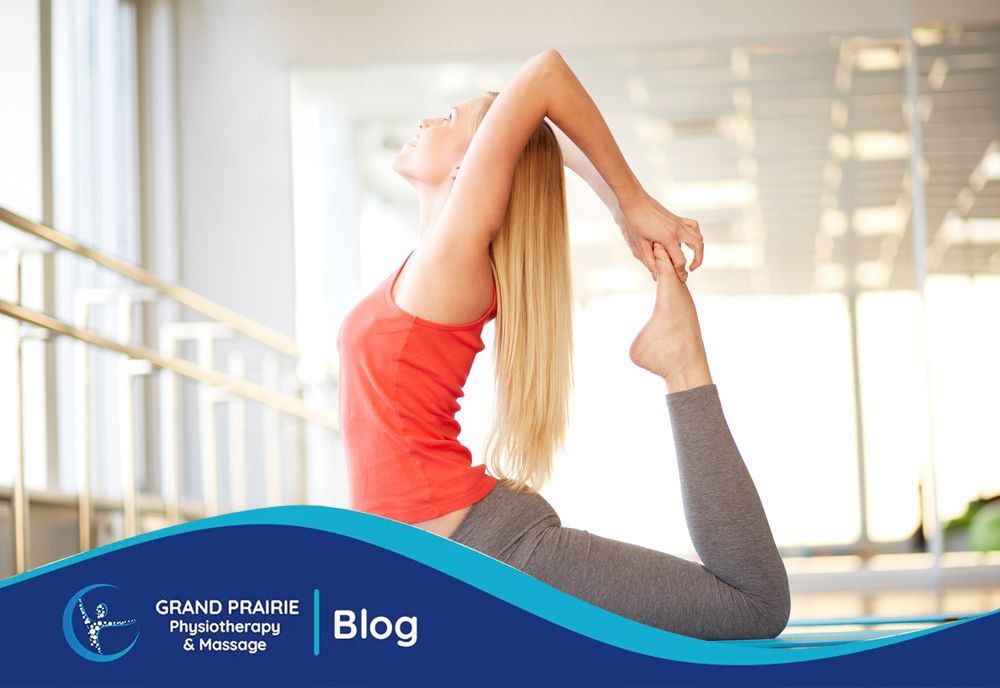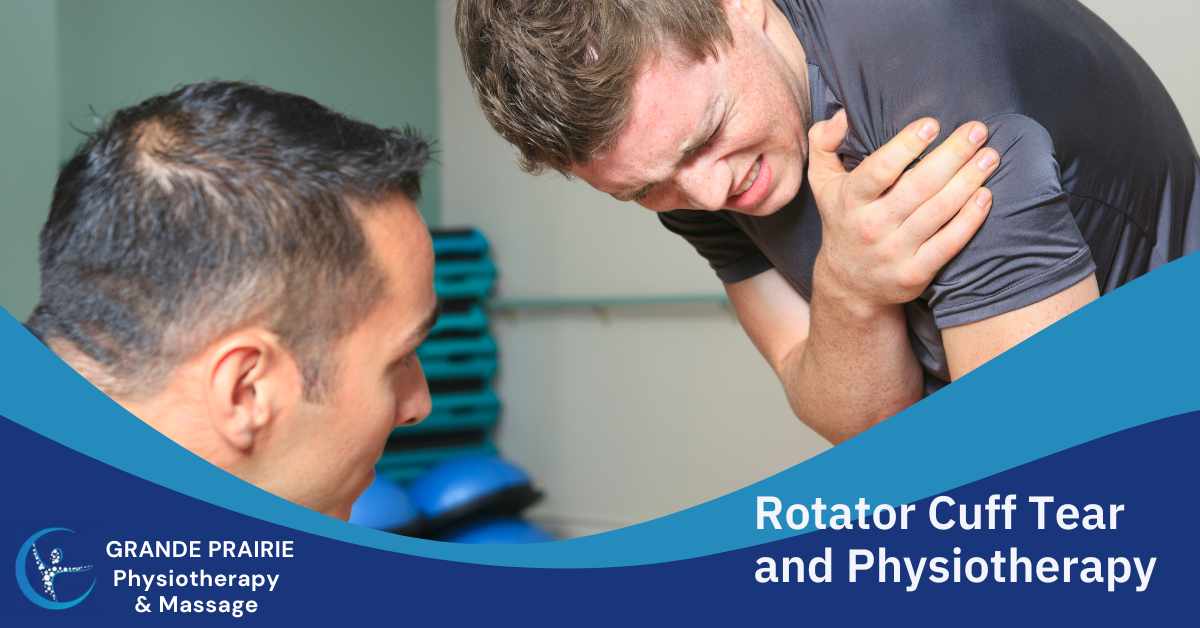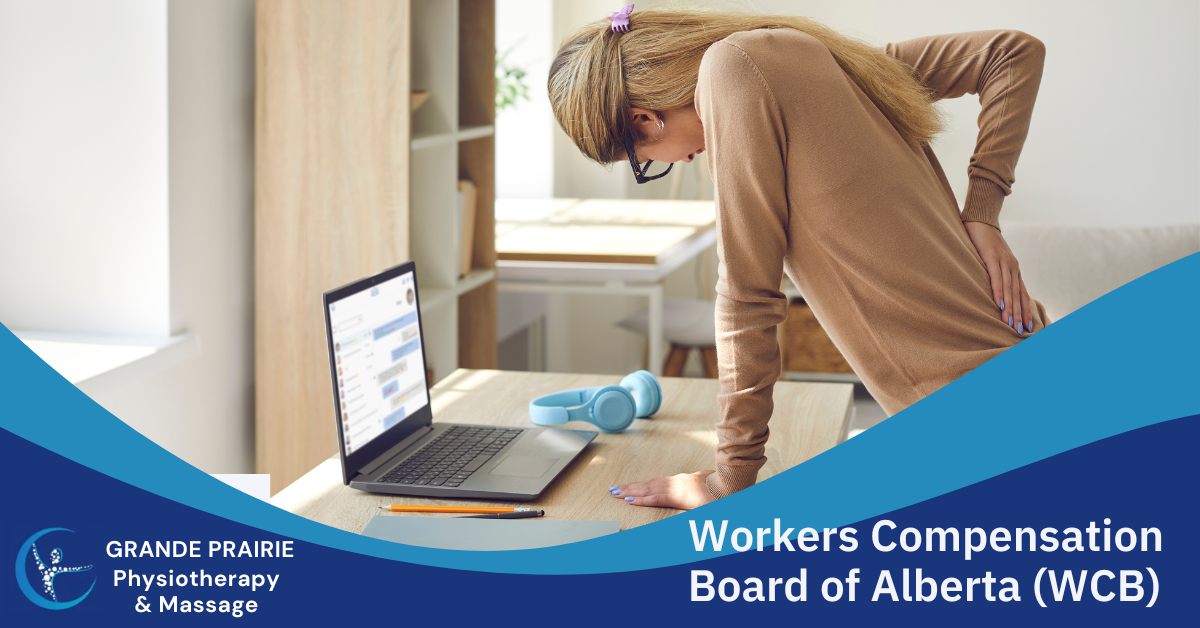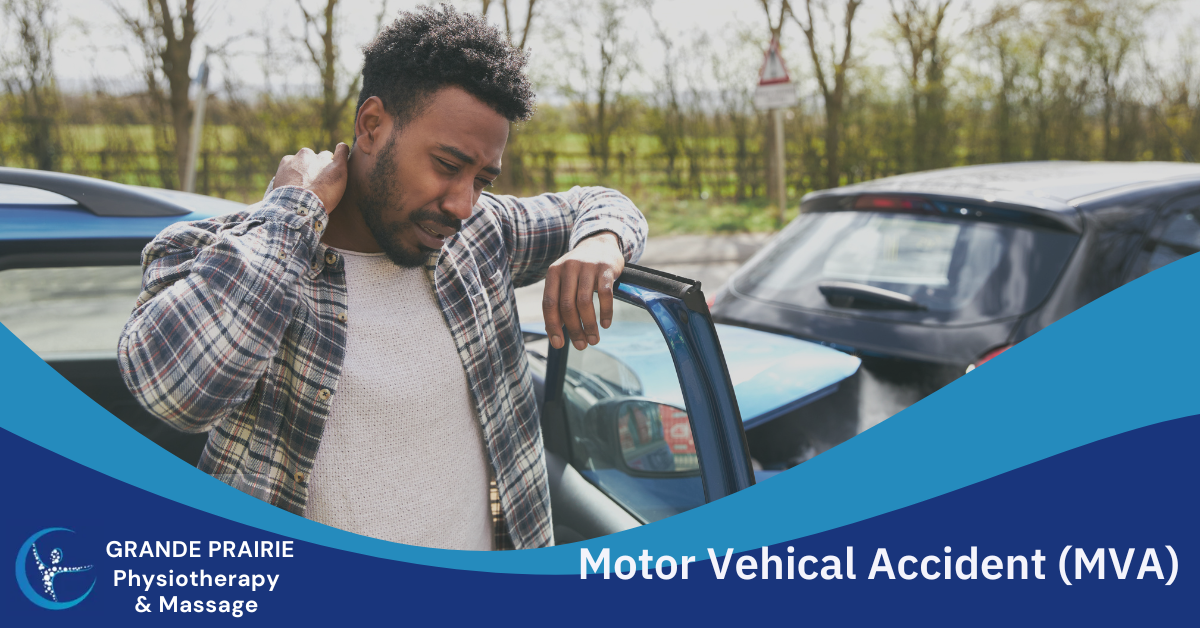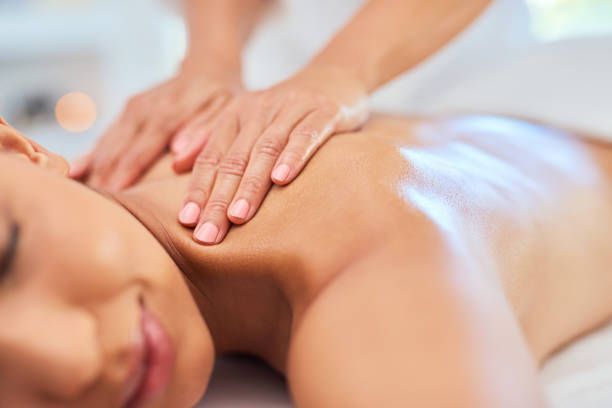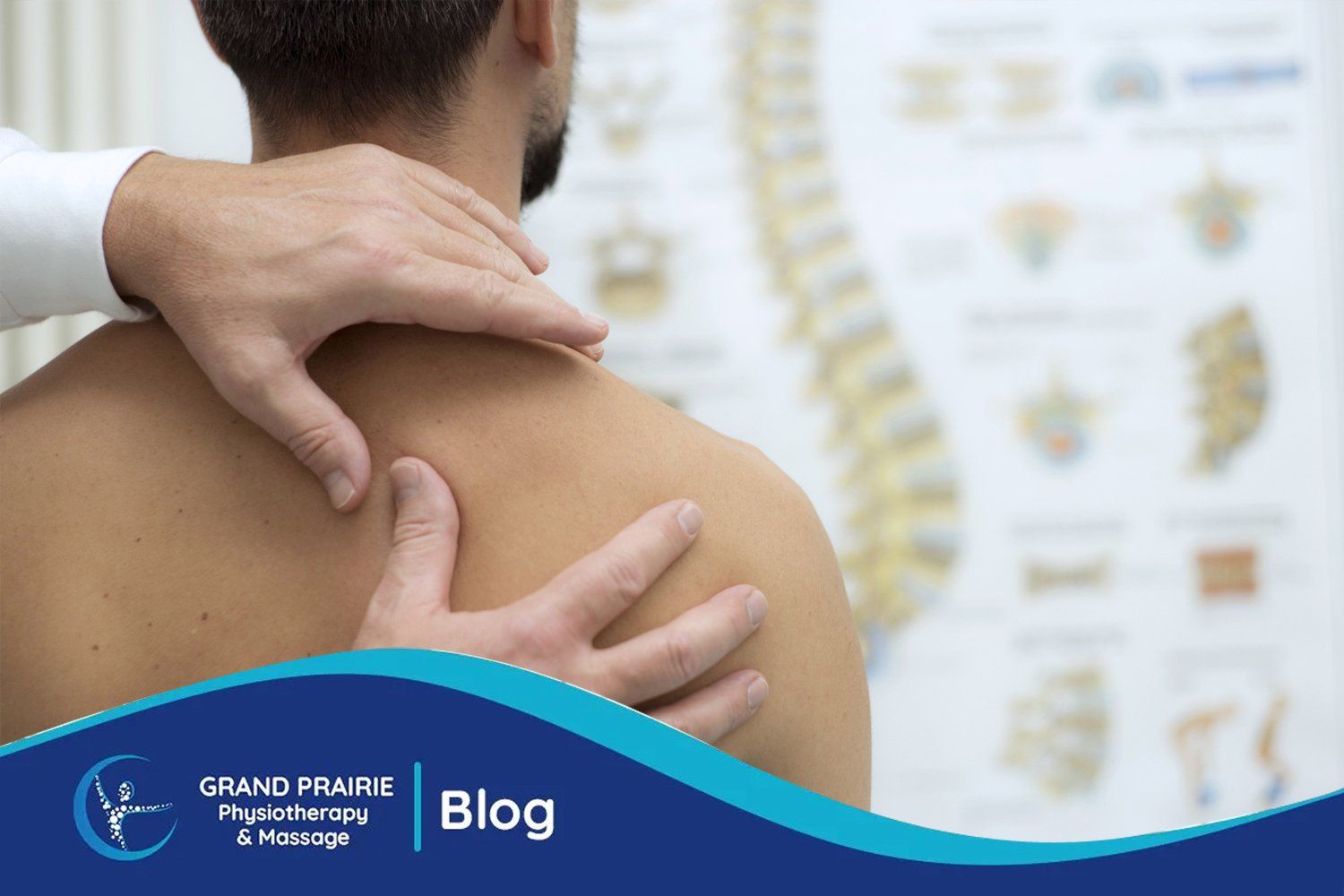The Benefits and Risks of Prenatal Massage During Pregnancy
A prenatal massage is a popular option for pregnant women. Prenatal massage is believed to have many benefits, such as reducing stress anxiety, improving sleep quality, nausea, morning sickness, and relieving headaches. Prenatal massage is not without risks. We will discuss the pros and cons of prenatal massage to help you make an informed decision about if it is right for your needs.
What is Prenatal Massage?
Prenatal massages can be adapted to accommodate the changes in your body during pregnancy. A traditional massage might have you lying on your stomach for half of the time (which is impossible with a baby's belly) and the other half facing up. This position puts pressure on the major blood vessels, which can cause disruptions in blood flow and make you feel nauseated.
As your body changes, a massage therapist can make adjustments with special cushioning systems and holes to allow you to lay face down. This will also give you room for your breasts and growing belly. You can also choose to lie on your back with support from pillows and cushions.
When Should A Pregnant Woman Think About Getting A Massage?
Woman In Her First Trimester Of Pregnancy
According to the American Pregnancy Association, women can start the massage at any time during Pregnancy. Many prenatal massage therapists won't accept clients until the second month of Pregnancy. There is a higher risk of miscarriage in the first trimester. Some therapists worry that massages with increased blood flow might cause harm.
Second, pressure points within the body can cause contractions and possibly induce labor. Prenatal massage therapists often need a doctor's clearance to work with pregnant women in the first trimester.
Women With Certain Medical Conditions
Massage therapy can affect blood flow and other health conditions by engaging the circulatory system. Before getting a prenatal massage, consult your doctor if you have any of these conditions.
- High blood pressure is not controlled with medication.
- High-risk pregnancy concerns such as preeclampsia or congenital heart disease are among them.
- Recent surgery or injury
- Recent organ transplant
Prenatal Massage Benefits
Every Pregnancy is different, but the changes that occur as a baby grows can cause discomfort. Pregnancy massages can help relieve some of these symptoms and provide other benefits to the parents.
Pain Relief
As the abdomen expands, the posture shifts to align the center of gravity above the hips. Some people experience pain in the low back, pelvic or neck, shoulder, sciatic nerve, or pelvic muscles from the strain.
These aches can be relieved by professional prenatal massage therapy. According to research, it is proven to be effective in relieving leg and back pains during pregnancy.
Reduction in swelling
Normal during Pregnancy is some swelling or edema. Because the growing uterus places pressure on the veins, the fluid buildup is more noticeable in the feet, legs, and ankles. Fluid buildup can be reduced by massage.
Better Sleep
Due to physical discomfort and stress, difficulty sleeping is common in all stages of Pregnancy. Massage can improve your sleep quality and help you fall asleep faster during Pregnancy.
Relaxation and Stress Reduction
Prenatal massage can also be used to improve mood and overall well-being. Prenatal massages were shown to significantly affect stress hormone levels and improve immune function in pregnant women.
Research also shows that prenatal massage may reduce anxiety and depression. Professional massage therapy and massages by a partner can reduce anxiety, depression, stress, and even preterm birth. Prenatal massages were associated with lower levels of depression and higher infant birth weight, according to a 2012 study.
Prenatal Massage: Risk Factors
It is important to recognize that pregnancy massage has its benefits, but risks are also.
There are situations in which pregnancy massage may not be recommended.
Contraindications
Contraindications refer to situations in which harm can be caused by specific treatments, medications, or any other intervention.
When a person is suffering from certain medical conditions or in specific situations, massage is not recommended, especially during Pregnancy.
- Bleeding disorders
- Blood thinners
- Thrombocytopenia (low platelet level)
- Skin healing (from burns or wounds, and other types of skin damage)
- Deep vein thrombosis (blood Clots)
- Fractures (broken bones)
- Infections
- Osteoporosis is a condition that causes progressive bone loss.
- Certain medications
- High blood pressure due to uncontrolled hypertension
- Recent surgery or transplant
What to avoid during pregnancy massage
Before booking any pregnancy massage treatments, please consult your doctor. If you are pregnant with a complicated or high-risk pregnancy, be extra cautious.
- Preterm labor at higher risk
- High blood pressure or preeclampsia
- A clotting disorder or blood clots
- Placenta previa, or problems with the placenta
Pregnancy Massage: Be aware of the dangers
Prenatal massage should be discussed with women. It is important to be educated and collaborate with professionals who are knowledgeable about the potential risks associated with prenatal massage.
Side-lying is the preferred position for pregnant women during the massage. Side-lying is the best position for a pregnant woman during massage. A table that does not allow the uterus to fit can cause discomfort and pressure. Before your first appointment, check with your massage therapist to confirm the position they use for their clients during massage.
What makes Pregnancy Massage different?
For the safety and comfort of both mother and baby, pregnant women must ensure that their bodies are properly supported and positioned during the massage. For example, lying on your stomach for more than 20 weeks can cause excess pressure to your abdomen and restrict blood flow.
Prenatal massages are performed on the side, not on your stomach. This is especially important in the latter stages of Pregnancy. You can use padding, bolsters, or padding to support your back, knees, and feet. Your massage therapist might suggest that you lie down straight or semi-reclining.
Effleurage is the most popular massage technique during Pregnancy. It's a long, gentle stroke used in Swedish massage and sometimes used to reduce contraction pain. You may not be used to the strong pressure of pregnancy massage.
Your health needs should be considered when you are getting a massage. The massage therapist might use more pressure on certain areas, such as your stomach or shoulders, but the overall pressure could be lower than you are used to. Your massage therapist might avoid rocking techniques if you have morning sickness.
How To Give Prenatal Massages At Home
These tips can be used at home by a friend or partner.
- Gently rub your feet. For smoother strokes, you can use lotion to rub the top of your foot. Your partner can then work their way down the leg, moving from the toes towards each ankle and making small circles around the ankle. Next, they can use their thumbs to create small circles under the toes of the foot using both thumbs. They can also move their thumbs down and up on the heel. They can gently tug on each of their toes and rub the thumb or index finger between them. To be safe, it's a good idea not to press the heel against the ankle bone.
- Backrub. Lie on your back or up, and have your partner stroke your back with both of their hands. The partner should concentrate on the muscles on either side of the spine. They can then knead the muscles using their thumbs or base.
- Rub your shoulders. Use either the palm of your hand or the fingertips to press down on the neck gently. Glide between the top of your shoulder and the base of the skull. Repeat the process on the other side.
- Scalp massage. Use your hands to massage the scalp from the base to the hairline. Gentle stroking can help to relax the skin.
- Belly. Don't massage it! For a soothing effect, rub it gently with vitamin E oil. This can help to prevent stretch marks.
Stretching and breathing can help to relax and unwind. Another option is prenatal yoga. Prenatal yoga can be done on your own.
Massage Therapy in Grande Prairie, Alberta
Prenatal massage can be a great way to improve the overall health of both mother and baby. There are some risks associated with prenatal massage, but these can be minimized by working with a qualified therapist. If you’re considering prenatal massage, be sure to talk to your doctor or midwife first to make sure it’s right for you. At Grande Prairie Physiotherapy & Massage, we specialize in prenatal massage and would love to help you enjoy all the benefits this treatment has to offer. Contact us today at
(780) 357-0095 to book an appointment!

